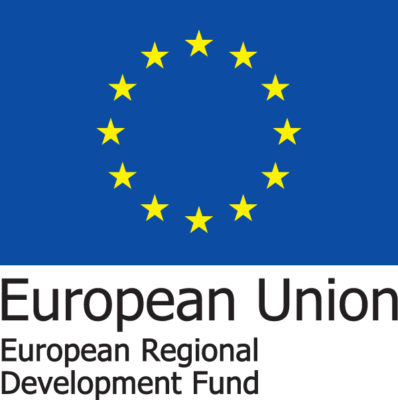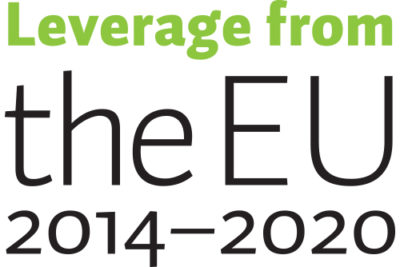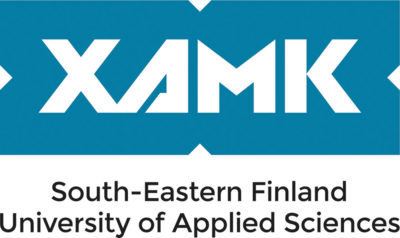The aim of the RAPURC – Development of data transmission and operating models in the circular economy of buildings project was to digitize and automate the collection of information about recyclable furniture, fixtures and materials for demolition and construction sites. In addition, the aim was to transfer the collected data to a public marketplace in order to increase the efficiency of construction and demolition waste recycling. The aim was also to develop operating models for the construction and demolition business, identify new business opportunities and promote them.
The goals, actions and results of the project were communicated in several different events and articles during the implementation of the project.
ACTIONS IN XAMK
Development of circular economy operating models
- Design and development of a digital pre-demolition audit application. After identification, the author of the pre-demolition audit can enter the material information of the object to be demolished into the application and, if desired, add pictures of them. If the asbestos and harmful substance mapping has been carried out at the destination, it can be attached as a separate attachment.
- Creating an interface between the pre-demolition audit application and the digital marketplace kiertoon.fi. With the help of the interface, the utilizable materials found in the pre-demolition audit can be taken to the digital marketplace and quickly made available to those who need them.
- Dissemination of the latest information to stakeholders in workshops and seminars to improve operational models of the circular economy dismantling.
Material and environmental safety information for construction and demolition waste
- During the project, information was collected about the materials used in buildings in different eras and the harmful substances they contain, the regulations related to construction and demolition, pre-demolition audits, and the classification and quality labels of building materials. Information was also collected on the prerequisites and challenges of reuse and recycling, as well as practical experiences.
- Monitoring of demolition sites to assess the environmental impact of the demolition process. In the project, the materials of two demolition sites were examined for POP compounds and selected other harmful substances. The impact of the demolition work on stormwater quality was monitored in one monitoring site. The results of the monitoring have been reported in the final publication of the project.
RESULTS
The digital pre-demolition audit application, to which asbestos and harmful substance mapping results can be added, can be found at: https://www.purkukartoitus.fi.
Xamk’s project staff participated in the design and implementation of an interactive animation showing the circular economy of building and dismantling. The animation can be found at: https://player.nopiagames.com/823/?GRYCJNBJIR.
In addition, Xamk’s project staff participated in the planning of the ‘From dismantling to circular economy’ webinar series and presented the project’s measures and results at other events during the project.




